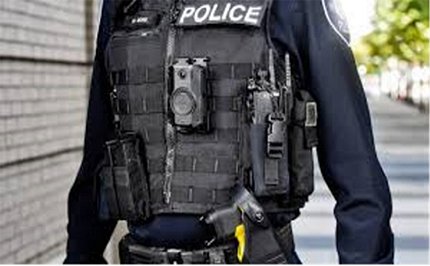Body-Worn Cameras are Coming to NIH

The NIH Police emphasizes that the BWC program is not only a compliance measure, but also a transformative tool to strengthen public safety, foster accountability and reinforce the bond of trust with the community. Those with related questions are encouraged to email the NIH Police chief at policechief@mail.nih.gov.
